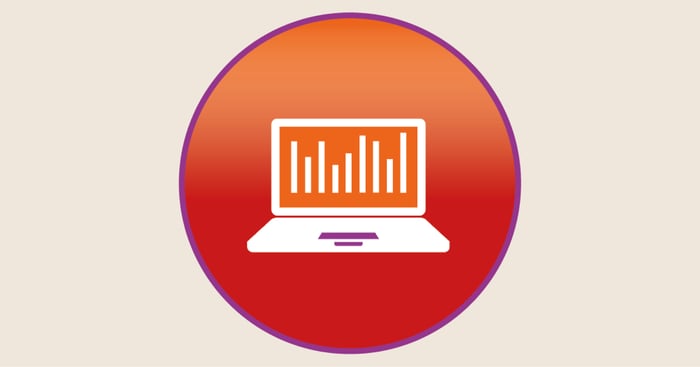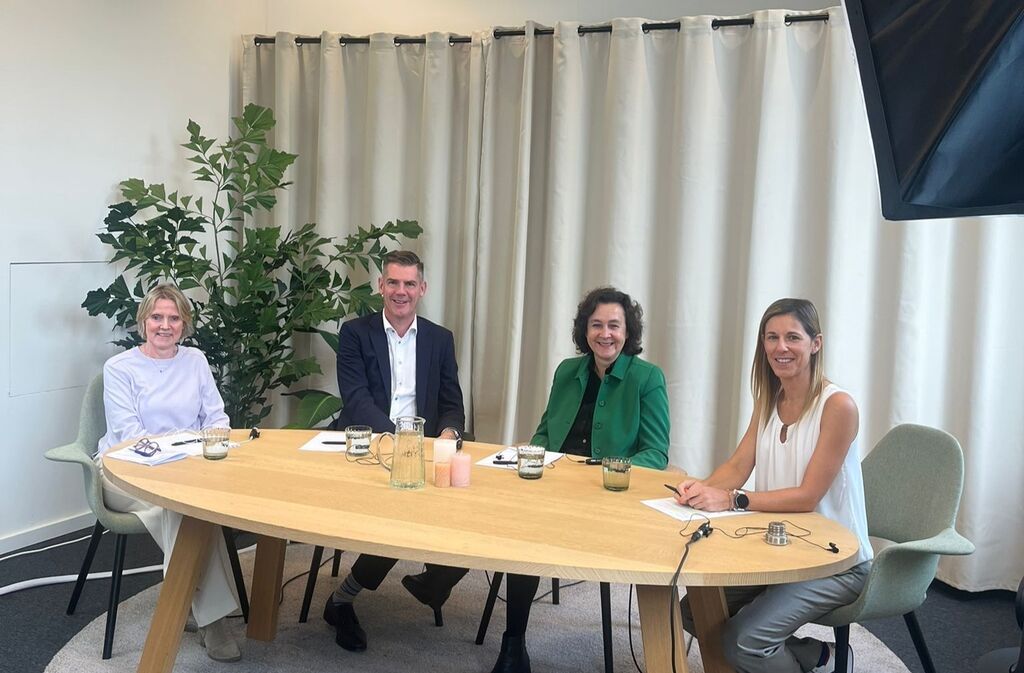Analytics are everywhere, except in HR?
The use of data in our private lives is becoming the new normal: wearables monitoring and improving your sport performance, sales promotions tailored to your preferences and buying behavior, warning lights flashing in your car to help you stay safe in traffic, to name but a few examples.
For more than ten years now, we have been talking about data-driven HR and the power of insights for a sustainable HR policy. There may be a few breakthroughs in the workplace, but HR analytics is far from being the new normal. According to research by SD Worx (Future of Work and People 2021), one in five companies in Europe has people analytics projects underway, while 13% are planning one in the short or longer term.
This puts people analytics in 17th place on the priority list of the 19 HR domains that were surveyed. There are some success stories, such as algorithms based on Natural Language Processing and Machine Learning that make recruiting and matching candidates easier, but why does it seem to take so much longer for analytics to conquer the work context compared to our private lives?






